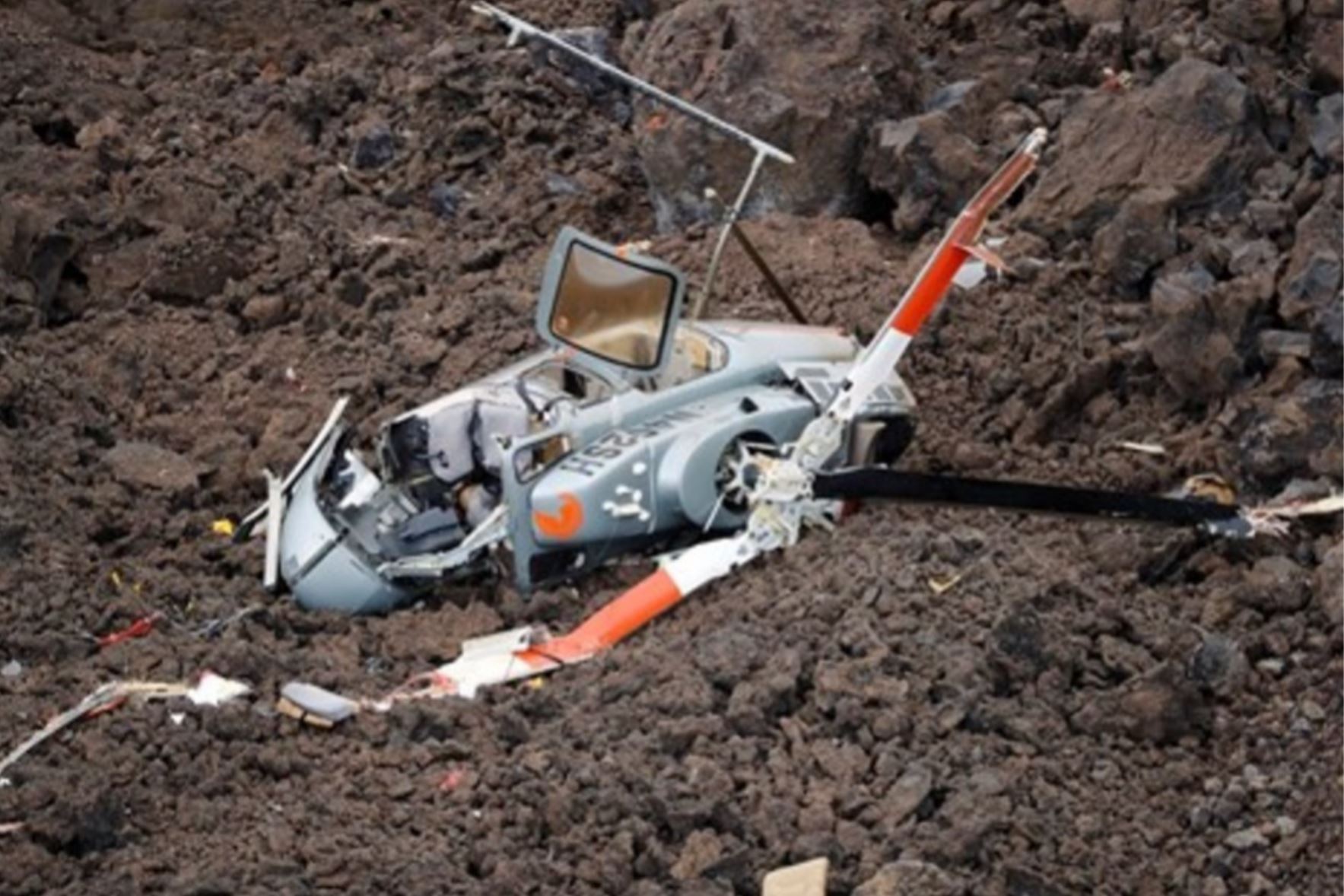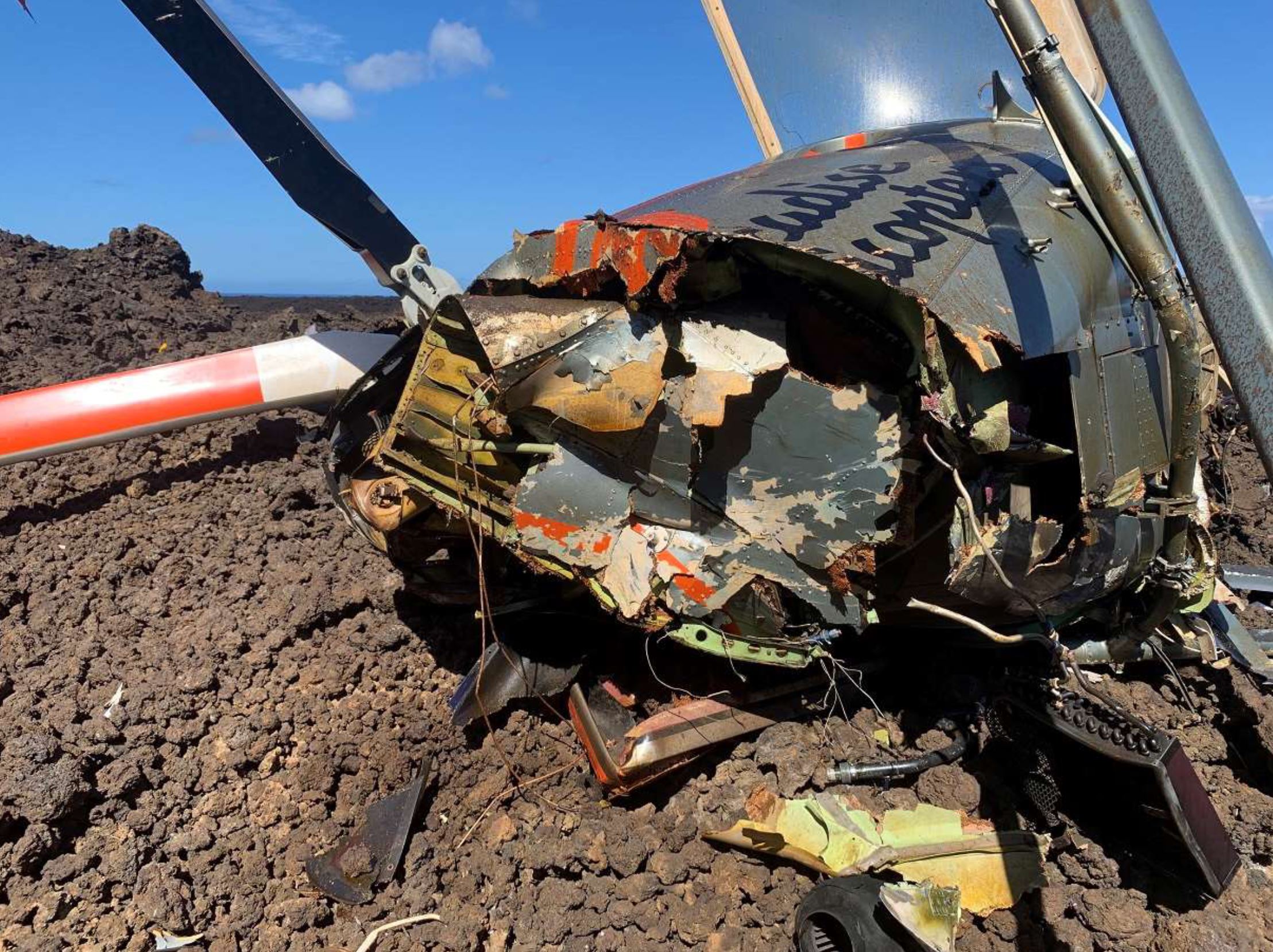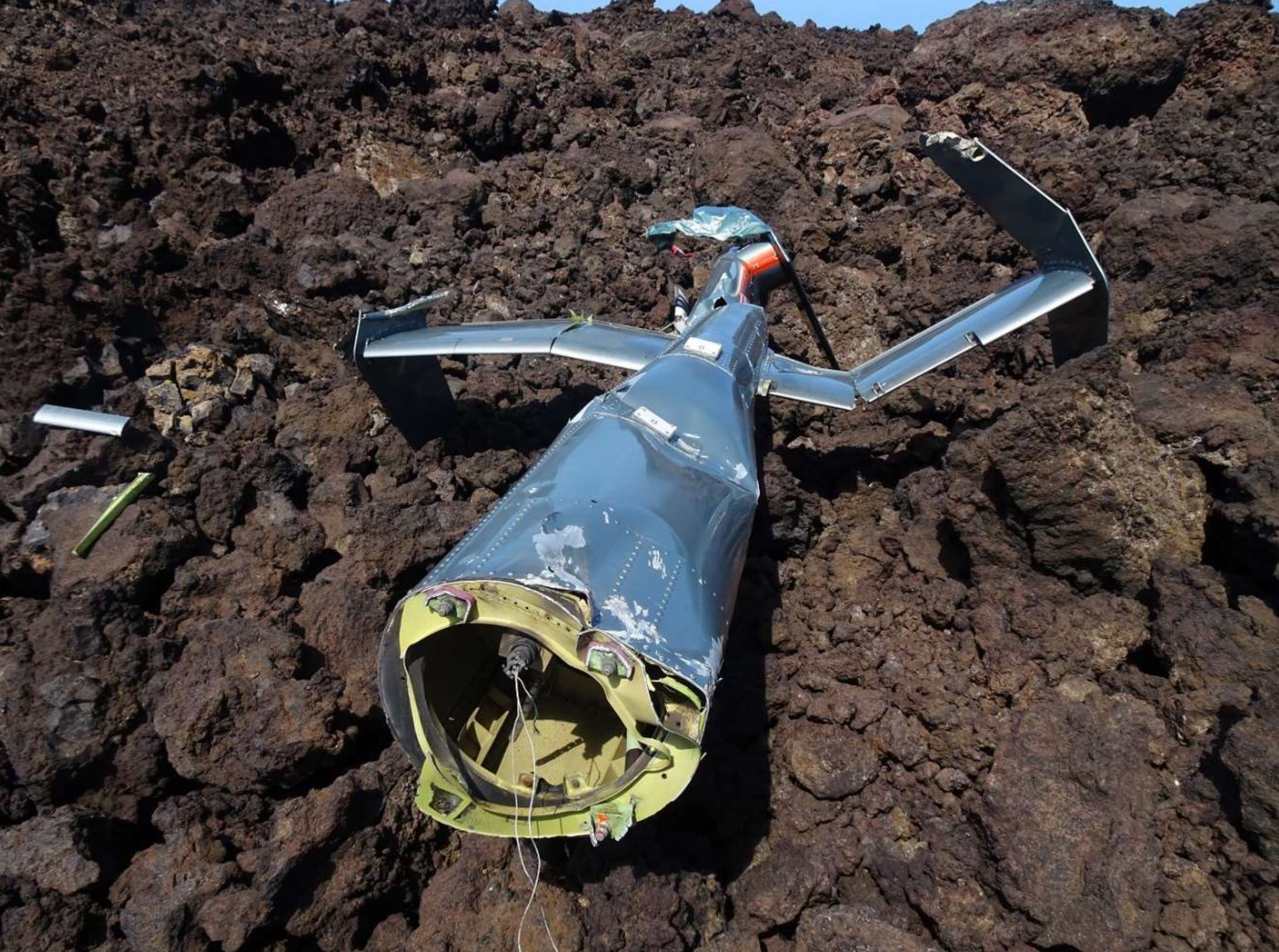
ASN Wikibase Occurrence # 279123
This information is added by users of ASN. Neither ASN nor the Flight Safety Foundation are responsible for the completeness or correctness of this information.
If you feel this information is incomplete or incorrect, you can submit corrected information.
| Date: | Wednesday 8 June 2022 |
| Time: | 18:26 LT |
| Type: |  Bell 407 |
| Owner/operator: | Paradise Helicopters |
| Registration: | N402SH |
| MSN: | 53118 |
| Year of manufacture: | 1997 |
| Engine model: | Allison 250-C47 |
| Fatalities: | Fatalities: 0 / Occupants: 6 |
| Aircraft damage: | Substantial |
| Category: | Accident |
| Location: | near Kalea, HI -
 United States of America United States of America
|
| Phase: | Manoeuvring (airshow, firefighting, ag.ops.) |
| Nature: | Survey |
| Departure airport: | Kona-Keahole Airport, HI (KOA/PHKO) |
| Kona-Keahole Airport, HI (KOA/PHKO) | |
| Investigating agency: | NTSB |
| Confidence Rating: |
The pilot reported the first part of the air tour flight around the island was normal. About 35 minutes into the flight, during cruise flight at 1,500 ft above ground level (agl), the helicopter experienced a violent upset, followed by an uncontrolled spin to the right. The helicopter entered a rapid descent, its airspeed decreased, and it continued to spin uncontrollably. The pilot attempted to recover control of the helicopter, but it impacted a lava field and came to rest on its left side.
Postaccident examination of the helicopter revealed the tail boom separated in flight. Further examination revealed there were no malfunctions or failures with the rotor systems, flight control systems, and engine before the tail boom separation.
Examination of the tail boom revealed the upper-left tail boom attachment bolt was not present in the wreckage and was not found. Circumferential gouge and impression marks within the upper-left attachment bolt holes indicated the bolt was installed before the accident but that it had fractured and migrated out. After the bolt fractured, the structural load increased on the remaining three tail boom attachment points. As a result, multiple origin fatigue cracks, as well as fatigue cracking originating from a single corrosion pit, initiated on the lower-left attachment fitting. Once the fatigue cracks grew to a critical length, all three remaining attachment fittings failed in overload, resulting in the tail boom separation. The examined tail boom attachment fittings and attachment hardware met manufacturing requirements, which were not a factor in this accident.
Due to the missing upper-left attachment hardware, the fracture mode and the duration of crack growth of the upper-left bolt could not be determined. The presence of sealant at the faying surface between the upper-left longeron and aft fuselage bulkhead indicated there was a small gap between those two structures. This gap was likely introduced during the replacement of the upper-left longeron and aft fuselage bulkhead, per manufacturer technical bulletins (TB), about 8,050 flight hours before the accident.
The manufacturer reported a previous occurrence (on a different Bell 407) of a fractured upper-left attachment bolt that was attributed to abnormal loading of the bolt due to a gap and misalignment between the upper-left longeron and aft fuselage bulkhead. Similarly, the gap between the two structures on the accident helicopter likely applied abnormal loads on the upper-left attachment bolt that, over time, resulted in crack initiation on the bolt shank and the subsequent bolt failure. Due to structural deformation caused by the accident, it could not be determined if any axial misalignment was present between the upper-left longeron, the aft fuselage bulkhead, and the tail boom.
A 300-hour recurring inspection, which included a torque check of the four tail boom attachment bolts and visual inspection of the fittings, occurred about 114 flight hours before the accident and resulted in no anomalous findings. It is unlikely the bolt had fractured or had a crack of sufficient size to fail during this last torque check. Therefore, it is likely the upper-left attachment point continued to carry load during the last 300-hour torque check and that the multiple-origin fatigue cracking on the lower-left attachment fitting had not yet initiated. However, it is possible that the fatigue crack had already initiated from the single corrosion pit on the lower-left attachment fitting at the time of the last 300-hour recurring inspection, but that it was too small to visually detect.
In summary, examination of the wreckage revealed the accident occurred due to the in-flight separation of the tail boom during cruise flight, which resulted in the pilot's inability to control the helicopter. The tail boom separated due to the abnormal loading and fracture of the upper-left longeron attachment hardware. The presence of a gap between the upper-left longeron and the aft fuselage bulkhead, introduced during the accomplishment of manufacturer technical bulletins, likely led to the hardware failure.
Probable Cause: The in-flight separation of the tail boom as a result of abnormal loading and fracture of the upper-left tail boom attachment bolt due to a gap between the upper-left longeron and aft fuselage bulkhead.
Accident investigation:
 |
|
Sources:
NTSB ANC22FA041
FAA register: FAA register: https://registry.faa.gov/AircraftInquiry/Search/NNumberResult?nNumberTxt=402SH
Location
Images:

Photo: NTSB

Photo: FAA

Photo: NTSB
Media:
NEW: Photos from Hawaii County show tour helicopter crash in lava field near South Point on Big Island - 6 people on board taken to the hospital, including pilot who was initially trapped @KITV4 pic.twitter.com/3V5ymDzxDy
— Tom George (@TheTomGeorge) June 9, 2022
UPDATE: Statement from @ParadiseCopters on Big Island tour helicopter crash in lava field near South Point — Pilot and 5 guests on board, company says they’re cooperating with investigation @KITV4 pic.twitter.com/e6C58kATly
— Tom George (@TheTomGeorge) June 9, 2022
Revision history:
| Date/time | Contributor | Updates |
|---|---|---|
| 09-Jun-2022 06:12 | gerard57 | Added |
| 09-Jun-2022 06:24 | RobertMB | Updated [Time, Location, Source, Narrative] |
| 09-Jun-2022 07:33 | harro | Updated [Operator, Nature, Source, Embed code] |
| 09-Jun-2022 07:48 | harro | Updated [Time, Aircraft type, Location, Phase, Source, Embed code, Narrative] |
| 09-Jun-2022 12:18 | RobertMB | Updated [Time, Registration, Cn, Operator, Source, Embed code, Narrative] |
| 09-Jun-2022 12:22 | RobertMB | Updated [Location, Phase, Embed code, Narrative] |
| 10-Jun-2022 00:44 | johnwg | Updated [Location, Narrative] |
| 22-Jun-2022 22:05 | Captain Adam | Updated [Time, Location, Departure airport, Destination airport, Source, Narrative, Category] |
| 20-Nov-2022 14:37 | Anon. | Updated [Source] |
| 21-Nov-2022 19:30 | Aerossurance | Updated [Source] |
| 02-Feb-2024 12:17 | ASN Update Bot | Updated [Time, Operator, Other fatalities, Phase, Nature, Departure airport, Destination airport, Source, Embed code, Damage, Narrative, Accident report] |
| 02-Feb-2024 12:19 | harro | Updated [Operator, Other fatalities, Source, Embed code, Narrative] |
| 02-Feb-2024 12:24 | harro | Updated [Other fatalities, Nature, Narrative, Photo] |
| 02-Feb-2024 12:24 | harro | Updated [Other fatalities, Photo] |
| 02-Feb-2024 12:24 | harro | Updated [Other fatalities, Photo] |
| 07-Feb-2024 09:46 | Captain Adam | Updated [Time, Location, Source, Narrative] |
| 11-Feb-2024 11:54 | ASN Update Bot | Updated [Time, Operator, Other fatalities, Nature, Source, Embed code, Narrative] |
| 11-Feb-2024 11:56 | ASN | Updated [Operator, Source, Embed code, Narrative] |
Corrections or additions? ... Edit this accident description
The Aviation Safety Network is an exclusive service provided by:


 ©2024 Flight Safety Foundation
©2024 Flight Safety Foundation